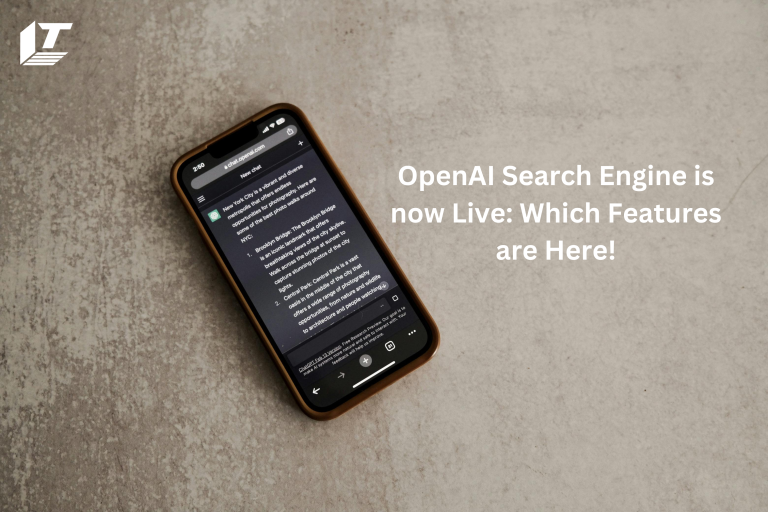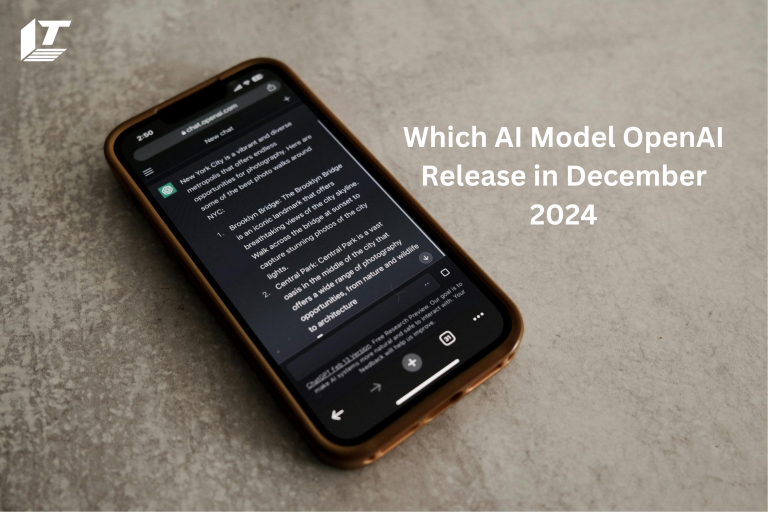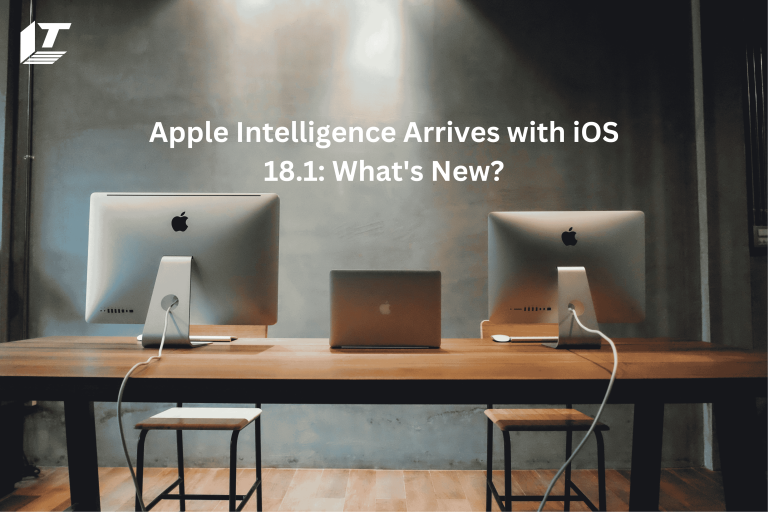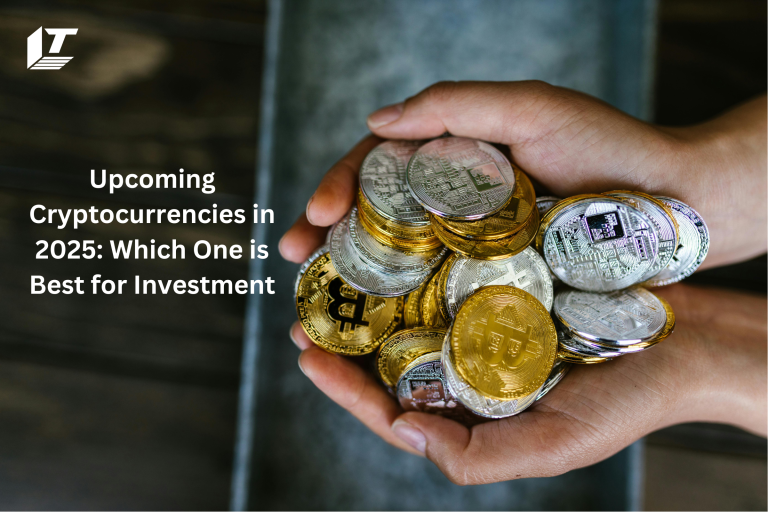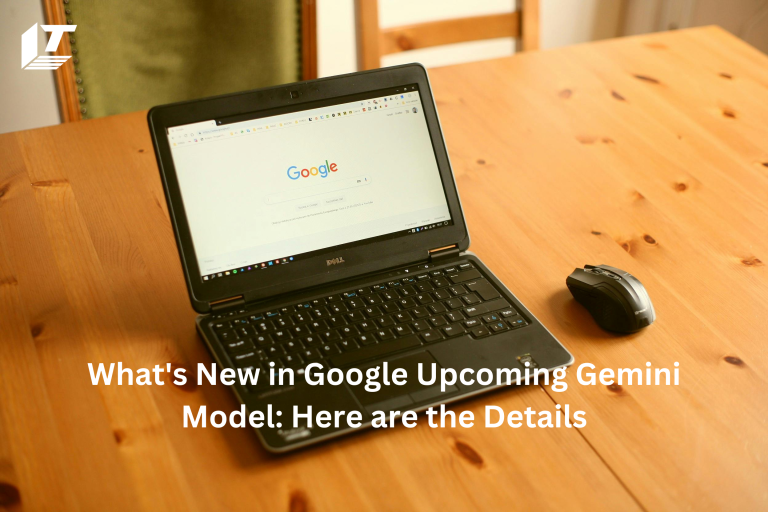Bittensor has grown tenfold in the five months to February 2024, making it the top blockchain with an artificial intelligence (AI) focus. This post explains the operation of Bittensor and the system’s native cryptocurrency “TAO”.
What is Bittensor?
A decentralized AI platform is called Bittensor. Instead of connecting computers, it joins different machine learning models to create a cooperative “global brain”. Like neurons, these models collaborate to digest information and provide intelligent responses. Bittensor is a proof of concept stack system that runs efficiently and is based on a substrate foundation for customization.
Benefits of Bittensor
Decentralized: Because there is no single point of failure — no central server to be compromised or shut down — it is secure and reliable.
Combined power: By combining several machine learning models, Bittensor produces results that are more accurate and efficient.
Incentivized participation: By rewarding miners for submitting their models, the network is maintained and expanded.
In short, Bittensor is a problem-solving platform where machine learning models work together. Everyone is successful.
What is TAO?
TAO, the native coin of Bittensor ecosystem, serves several purposes.
Rewards: Using TAO, miners are incentivized to share processing power and completely different types of jobs.
Staking: As a form of guarantee to promote ethical behavior, participants must first stake the TAO to become a validator. Delegation is an additional type of staking in which token owners of TAOs transfer tokens to subnet validators in exchange for rewards.
Governance: TAO holders have the ability to vote on protocol improvements and make amendments.
Payments and Fees: TAO is used for smart contract execution and transaction fees. Bittensor Network accepts tokens as payment for machine learning services.
How does Bittensor Work?
Thanks to Bittensor decentralized network, three primary parties can trade machine learning models:
Miners: Many machines owned by individuals called “miners” handle AI jobs for the protocol. These miners share their machine learning models and computational power with the network. TAO, the local cryptocurrency, is awarded to miners.
Users: Users can also pay using the cryptocurrency TAO to make inquiries or let AI do the whole job for them. When a question is presented, the network uses consensus techniques to automatically evaluate each answer based on a number of factors.
Validators: In addition to miners, validators are essential members of the Bittensor network. Their job is to verify the answers and predictions given by the miners, ensuring the accuracy and capability of the data and models. After asking miners questions and guessing their answers, they reward their efforts. A list of Bittensor endorsers is available here.
Bittensor Subnets
Bittensor’s architecture is a decentralized subnet network, with each subnet specializing in a specific topic and using a reward-based system to stimulate competition among miners.
For example, miners who produce the best text responses prompted by subnet validators are rewarded with text prompting subnets. There are currently 32 subnets.
The architecture of subnets is inspired by traditional neural networks, in which a node can be a subnet validator or a subnet miner. A global neural network consists of all nodes, collectively called neurons.
Verifiers receive input from the outside world and act as nodes in the input layer of the network. Miners who are part of the “hidden layer” elsewhere only talk to validators. Miners and validators are unable to communicate with each other.
One of the three essential components of an ecosystem are subnets. The other parts are the Bittensor API, which connects subnets to the blockchain, and the Foundational Blockchain, which runs all subnets and ensures a secure and open reward system.
TAO Performance
Like Bitcoin (BTC), TAO is a deflationary token with a total supply cap of 21 million. Tokens are gradually awarded as incentives and mining rewards. As of mid-February 2024, the amount of TAO in circulation is over 6 million, or over 30%.
Since late 2023, the value of the token has increased dramatically. The market cap figure rose from $1 billion in November to $4.3 billion in February on record weekly trading volume. In terms of market cap, it has quickly topped the AI cryptocurrency list.
TAO Staking in Bittensor
Bittensor, like other blockchain networks, works on the principle of staking. It works like this:
TAO Staking: By staking a certain number of TAO tokens, users’ “stake” those tokens into the network.
Collecting Rewards: By staking, users are given the ability to perform specific tasks on the network in exchange for additional TAO tokens.
Advantages of participating in securities:
Boost Security: Due to the staking mechanism, Bittensor punishes miners who may act maliciously by losing tokens.
Quality Control: High-stakes miners are considered more reliable, which encourages the network to offer high-quality services.
Governance: Voting rights are sometimes tied to stake tokens, which tell miners how the network is developed going forward.
By rewarding participation and encouraging good behavior, participating in Bittensor makes it possible to build a secure and trusted network.
The Staking Process
This is an explanation of the staking process of Bittensor network for miners.
Get TAO tokens: Miners need TAO, Bittensor’s cryptocurrency, to stake. This can be achieved by mining, buying from exchanges, or using additional techniques provided by the network.
Staking TAO: Through staking contracts, miners store their TAO tokens. Your tokens are secured and rewards are distributed through this smart contract, which also oversees the staking process.
Become a validator (trusted miner): You can become a validator by staking. These “trusted miners” manage the integrity of the network, process transactions, and generate new blocks.
Receive rewards: Through transaction fees, block rewards, or other network incentives, miners receive rewards for staking and performing tasks.
Security and Penalties: To prevent misbehavior, Bittensor has penalties. If you break any of the network’s rules, such as by double spending, you risk losing some of your stacked TAO.
Instaking (leaving the network): This allows miners to abandon the game. However, to reduce unexpected network instability, a “cooldown” usually occurs before the stacked tokens become accessible again.
Optional Delegated Staking: Bittensor provides an additional alternative for users who do not want to stake their money. They can allow trusted miners to stake their TAO on their behalf, with the profits split between them.
TAO USD Chart
Bittensor (TAO) is currently trading at $265.53, up 0.4% from an hour ago and down 4.9% from yesterday. TAO’s current price is 7.5% lower than seven days ago. The total amount of Bittensor traded yesterday was $34,109,522.
Future of TAO and Bittensor
Bitner’s decentralized machine learning strategy holds promise. The network’s token, TAO, is not just money. This could provide access to premium services and voting privileges, as well as funding for further AI research at Bittensor. TAO’s value may increase as a result of increased demand for an active Bittensor network with more users.
TAO may replace Bitcoin as the accepted form of payment for AI transactions if Bittensor develops into a worldwide AI marketplace. For TAO and Bittensor, the future is bright. TAO will undoubtedly play an important role in the decentralized AI revolution as its value and reach expands along the network.
Closing Words
Bittensor offers a new perspective on the future of AI. Bittensor eliminates the need for a centralized server and uses the combined power of multiple models to provide more accurate and efficient results by establishing a decentralized network of cooperative machine learning models.
This ecosystem is powered by TAO, the network’s token, which serves as both a transaction currency and an incentive to join. Bittensor has the potential to grow alongside TAO in the worldwide AI marketplace, with TAO serving as the standard currency despite certain constraints including scalability. If Bittensor manages to overcome these hurdles, it has the potential to revolutionize the way decentralized AI is developed and used across a variety of industries.
Frequently Asked Questions
What is Bittensor (TAO) All Time High?
On January 1, 1970, TAO reached a high of 0 USD, from where it has declined 0%. Bittensor’s (TAO) all-time high is 0. The price of TAO is currently 0% below its peak.
What is the amount of Bittensor (TAO) in circulation?
There are currently 7.01 million TAOs in circulation. Maximum supply of TAO is 21.00M.
What is the Bittensor (TAO) market cap?
TAO has a market cap of 1.87 billion. The computation involves multiplying TAO’s current stock by its current market value of 266.43.
Bittensor (TAO) price is at its all-time low?
The TAO’s all-time low was zero, and has since risen by zero percent. Bittensor’s (TAO) all-time low is zero.
So far TAO price is up 0% from its record low price.
Can I afford to invest in Bittensor (TAO)?
On CoinMarketCap, Bittensor (TAO) is ranked #62 with a market capitalization of $1.87 billion. Due to the extreme volatility of the cryptocurrency market, it is important to evaluate your risk tolerance and do your own research, or DYOR. To choose when to buy Bittensor (TAO), you also need to examine price trends and patterns.
How does Bittensor compare to ChatGPT?
OpenAI created ChatGPT, a customizable AI model. It is capable of understanding and generating human-like text. Bittensor is another example of a decentralized network consisting of several AI models.
Meet Jack Smith your trusted source for cutting-edge insights in the world of technology. With a deep understanding of emerging trends and a knack for translating technical jargon into actionable advice, He empower readers to stay ahead in the fast-paced tech industry. Join him on a journey of discovery as he unravel the mysteries of innovation and explore the limitless potential of tomorrow’s technology.




